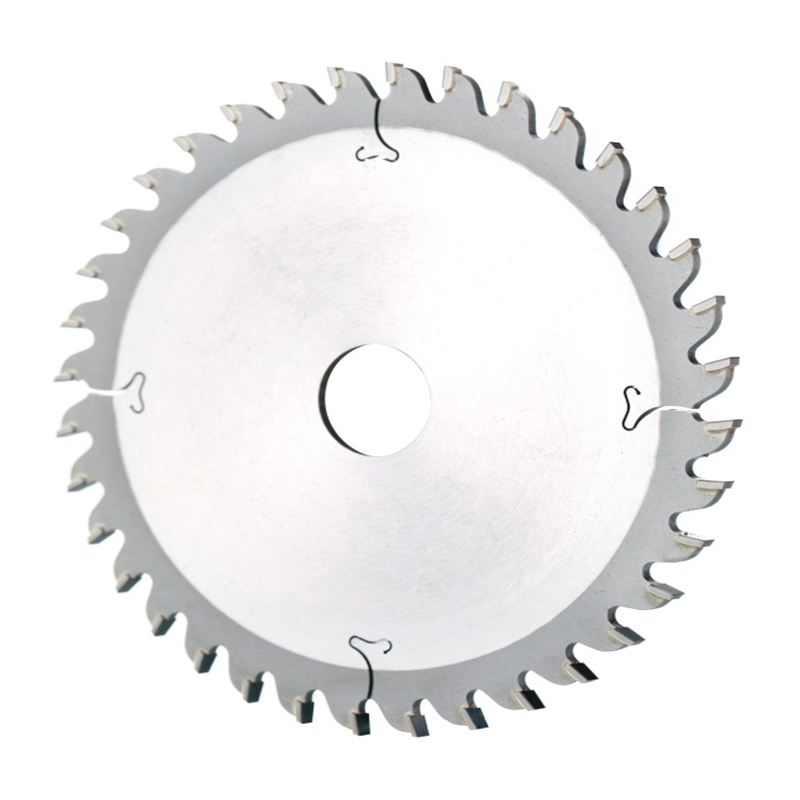
The safety performance of polycrystalline diamond saw blades is a quality issue that cannot be ignored, because "tooth loss" due to production or use reasons directly affects the performance of the saw blade and the personal safety of the operator. Diamond saw blades are similar in appearance, if you are not a professional, it is difficult to see the pros and cons with the naked eye. However, as long as you master the know-how and observe carefully, you can still see the effect of the entire product through some tiny flaws.
If the cutting heads of the polycrystalline diamond saw blade are not on the same straight line, it means that the size of the cutting head is irregular, some may be wide and some may be narrow, which will lead to unstable cutting when cutting stone and affect the quality of the saw blade. If the arc-shaped surface at the bottom of the cutter head is completely fused with the substrate, there will be no gaps. The gaps indicate that the arc-shaped surface at the bottom of the diamond saw blade is not completely integrated with the substrate, mainly because the arc-shaped surface at the bottom of the cutter head is uneven.
Check that the higher the hardness of the polycrystalline diamond saw blade matrix is, the less likely it is to deform. Therefore, whether the matrix hardness meets the standard will directly affect the quality of the saw blade during welding or cutting. High-temperature welding will not deform, and it will not deform under force majeure conditions. , it is a good substrate, and after being processed into a saw blade, it is also a good saw blade.














